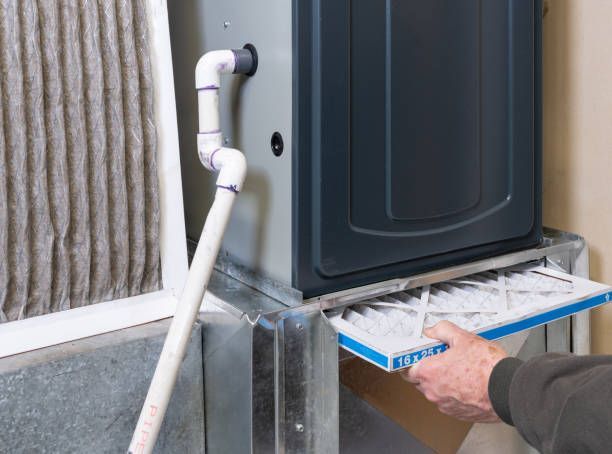WHAT IS A MINI SPLIT UNIT?
Unveiling the Advantages and Functionality of Mini Split Units

A Comprehensive Guide: Mini Split Units
In the realm of heating and cooling solutions, ductless mini-split systems have emerged as versatile and efficient alternatives. These systems offer a host of benefits, challenging traditional HVAC methods. Let's dive into the world of ductless mini-splits and unravel the mysteries behind their growing popularity.
Understanding the Basics
A ductless mini-split system consists of two main components: an indoor unit and an outdoor condenser. Unlike conventional HVAC systems, these units do not rely on ductwork to distribute conditioned air throughout a space. Instead, they use refrigerant lines to connect the indoor and outdoor units.
Installation Flexibility
One of the key advantages of ductless mini-splits is their flexibility in installation. Since they don't require ductwork, these systems are suitable for a variety of spaces, including older homes, additions, or rooms where installing ducts would be impractical. This flexibility makes them a popular choice for retrofitting existing structures.
Zoning Capabilities
Ductless mini-splits excel in providing customized comfort through their zoning capabilities. Multiple indoor units can be connected to a single outdoor condenser, each with its own thermostat. This allows users to control the temperature independently in different zones or rooms, optimizing energy efficiency and ensuring personalized comfort.
Energy Efficiency
Energy efficiency is a hallmark of ductless mini-split systems. Traditional ducted systems often lose energy through leaks or inefficient distribution. Ductless systems eliminate these losses, resulting in more efficient heating and cooling. Additionally, many models come equipped with inverter technology, adjusting the compressor speed to maintain the desired temperature and conserve energy.
Enhanced Comfort
Beyond efficiency, ductless mini-splits contribute to enhanced comfort. The ability to control individual zones means occupants can tailor the temperature to their preferences. Furthermore, the absence of ducts eliminates issues like air drafts, hot or cold spots, and the spread of allergens, leading to a more pleasant indoor environment.
Quiet Operation
Another noteworthy feature of ductless mini-splits is their quiet operation. The indoor units operate at a low decibel level, ensuring minimal disruption. This is a stark contrast to some traditional HVAC systems that can be noisy, providing users with a more peaceful and enjoyable living or working environment.
Maintenance and Upkeep
Maintaining a ductless mini-split system is generally simpler compared to traditional systems. Regular cleaning of filters and occasional professional check-ups are usually sufficient to keep the system running smoothly. This ease of maintenance contributes to the overall cost-effectiveness and longevity of the system.
Conclusion
In summary, ductless mini-split systems represent a modern, efficient, and flexible approach to heating and cooling. With benefits ranging from installation flexibility and zoning capabilities to energy efficiency and enhanced comfort, these systems have become a popular choice for homeowners and businesses alike. As technology continues to advance, the prominence of ductless mini-splits in the HVAC landscape is likely to grow, offering a compelling alternative to traditional heating and cooling solutions.
Ready to work with Strykers Heating Services?
Let's connect! We’re here to help.
Send us a message and we’ll be in touch.
Or give us a call today at 519-440-9659

